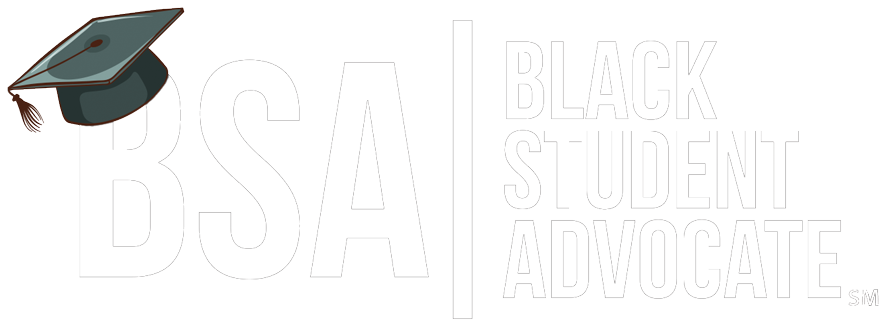In the noble pursuit of education, where enlightenment and empowerment are meant to flourish, the presence of discrimination is a bitter pill to swallow. Yet, in classrooms around the world, teacher discrimination against students persists as a harsh reality, tarnishing the promise of equal opportunity and hindering the educational journey of many. This blog delves into teacher discrimination against students, exploring its manifestations, impact, and avenues for change.
Defining the Issue:
Teacher discrimination against students encompasses a range of biases and prejudices that educators may harbor, consciously or unconsciously, toward certain students based on factors such as race, ethnicity, socioeconomic status, gender, sexual orientation, disability, or other characteristics. This discrimination can manifest in various ways, including:
1. Unequal Treatment: Certain students may receive differential treatment compared to their peers, such as harsher discipline, fewer opportunities for academic advancement, or limited access to resources and support.
2. Low Expectations: Teachers may hold lower academic expectations for certain students, leading to underestimation of their abilities and potential. This can result in a self-fulfilling prophecy where students internalize these low expectations and perform below their capabilities.
3. Microaggressions: Subtle, everyday acts of discrimination, known as microaggressions, can also contribute to a hostile or unwelcoming classroom environment for marginalized students. These may include offhand comments, dismissive attitudes, or assumptions based on stereotypes.
The Impact on Students:
The repercussions of teacher discrimination can be profound and far-reaching, affecting students academically, emotionally, and socially. Some of the key impacts include:
1. Academic Underachievement: Discrimination can impede students’ ability to succeed academically by undermining their confidence, motivation, and sense of belonging in the classroom. When students feel marginalized or unfairly treated, they may disengage from learning and struggle to reach their full potential.
2. Psychological Harm: Being subjected to discrimination can take a toll on students’ mental health and well-being, leading to feelings of frustration, anxiety, depression, or low self-esteem. This can have long-lasting consequences that extend beyond the classroom and into other areas of their lives.
3. Exacerbation of Inequality: Teacher discrimination perpetuates existing inequalities within the education system, reinforcing systemic barriers that prevent marginalized students from thriving. This contributes to widening achievement gaps and perpetuates cycles of poverty and disadvantage.
Addressing Teacher Discrimination:
Effectively addressing teacher discrimination against students requires a multi-pronged approach that involves educators, administrators, policymakers, and the wider community. Some strategies to consider include the following:
1. Professional Development: Providing educators with training and professional development opportunities to raise awareness of implicit biases, cultural competence, and equitable teaching practices. This can help teachers recognize and address their biases and create more inclusive learning environments.
2. Promoting Diversity: Increasing diversity within the teaching profession by recruiting and retaining educators from diverse backgrounds. This not only provides students with role models who reflect their identities but also helps mitigate biases and stereotypes in the classroom.
3. Policy Reform: Implementing and enforcing anti-discrimination policies at the institutional level, with clear procedures for reporting and addressing instances of discrimination. Schools must ensure that all students feel safe, respected, and supported in their learning environment.
4. Community Engagement: Engaging parents, students, and community stakeholders in dialogue and collaboration to address discrimination issues and promote equity in education. Building partnerships with community organizations and advocacy groups can also amplify efforts to create positive change.
Conclusion:
Teacher discrimination against students is a complex and deeply entrenched issue that demands attention and action from all sectors of society. By confronting biases, fostering inclusivity, and advocating for systemic change, we can work towards creating educational environments that honor the dignity and worth of every student. Ultimately, the fight against discrimination in education is not just a moral imperative but a crucial step toward building a more just and equitable society for all.







Share This Page